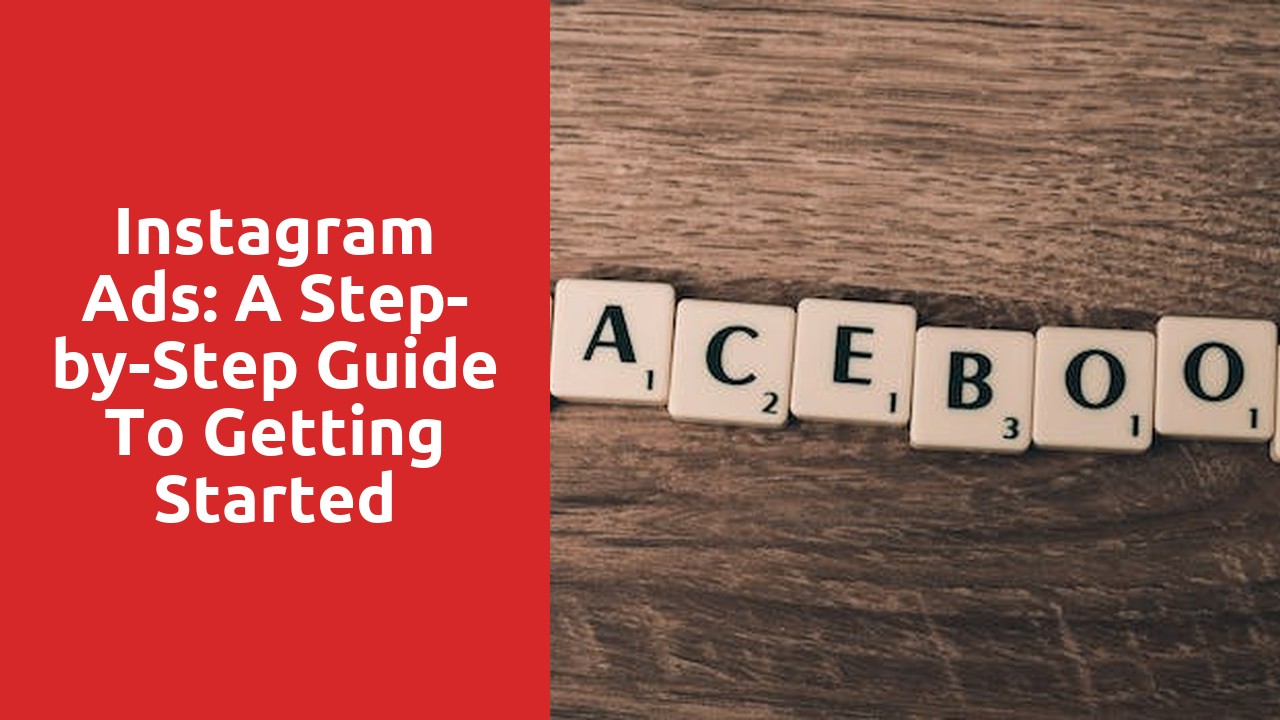The Importance of Tracking Twitter Marketing Performance
With the growing popularity of social media platforms, businesses are increasingly utilizing Twitter for their marketing efforts. However, simply posting content and hoping for the best is not an effective strategy. In order to measure the success and impact of their Twitter marketing campaigns, businesses must employ a system for tracking performance.
Tracking Twitter marketing performance allows businesses to gain valuable insights into their marketing efforts. By analyzing metrics such as engagement rates, click-through rates, and follower growth, businesses can determine what strategies are working and what areas need improvement. This data-driven approach enables businesses to make informed decisions about their Twitter marketing strategy, ultimately leading to more effective and targeted campaigns. Additionally, tracking performance helps businesses understand how Twitter fits into their overall marketing objectives and how it contributes to their bottom line.
By establishing a system for tracking Twitter marketing performance, businesses can optimize their efforts, reach their target audience more effectively, and ultimately achieve their marketing goals. In the next section, we will explore the various tools and techniques available for tracking Twitter marketing performance in order to help businesses make the most out of their social media marketing efforts.
Understanding Key Performance Indicators (KPIs) for Twitter Marketing
Measuring the success of your marketing efforts on Twitter requires a deep understanding of key performance indicators (KPIs) specific to this platform. By tracking these metrics, you can assess the effectiveness of your strategy and make data-driven decisions to improve your Twitter marketing campaigns. There are several essential KPIs to consider, including engagement rate, follower growth, and link click-through rate.
Engagement rate is a crucial KPI that indicates how well your content is resonating with your audience. It measures the level of interaction your tweets receive, such as likes, retweets, and replies. Calculating your engagement rate is relatively simple; divide the total engagements (likes, retweets, and replies) by the number of followers and multiply it by 100 to get a percentage. A high engagement rate is indicative of a strong connection with your audience and can result in increased brand awareness, reach, and ultimately, conversions.
Another important KPI is follower growth, which tracks the increase or decrease in your Twitter following over time. While having a large number of followers may not necessarily guarantee success, it can significantly impact your brand’s visibility and credibility. Monitoring your follower growth can help you identify trends and patterns in your audience’s behavior, allowing you to tailor your content to their preferences. Additionally, a consistent and steady increase in followers indicates that your Twitter marketing efforts are effective in attracting new users to engage with your brand.
Lastly, the link click-through rate (CTR) measures the percentage of people who click on the links you share within your tweets. This KPI is particularly relevant if your Twitter marketing strategy aims to drive traffic to your website or landing pages. By monitoring your link CTR, you can assess the effectiveness of your call-to-action and content in enticing users to click through to your desired destination. Optimizing your link CTR involves crafting compelling and concise tweets that clearly communicate the value of clicking on the link, along with using engaging visuals and relevant hashtags to improve visibility.
Understanding and tracking these key performance indicators will enable you to gain valuable insights into the success of your Twitter marketing campaigns. By continuously monitoring and analyzing these metrics, you can refine your strategy, engage your audience effectively, and achieve your marketing goals on this dynamic social media platform.
Setting Clear Objectives for Your Twitter Marketing Campaigns
When it comes to running a successful Twitter marketing campaign, it is crucial to set clear objectives. Without clear objectives, you will find yourself lost in the sea of tweets, struggling to measure your progress and determine if your efforts are driving results. Setting clear objectives not only helps guide your campaign strategy, but it also allows you to evaluate your success and make necessary adjustments along the way.
The first step in setting clear objectives for your Twitter marketing campaigns is to define what you hope to achieve. Are you looking to increase brand awareness, drive website traffic, generate leads, or boost sales? Once you have determined your main goal, break it down into smaller, measurable objectives. For example, if your goal is to increase brand awareness, your objectives could include increasing your followers by 10% within a month or generating a certain number of retweets and mentions. By setting specific and measurable objectives, you can easily track your progress and determine if you are on the right track to achieve your overall goal.
Identifying and Analyzing Relevant Twitter Metrics
Measuring the impact of a brand’s presence on social media has become crucial in today’s digital landscape. Twitter, being one of the most influential platforms, offers a wide range of metrics that can help businesses identify and analyze their performance. These metrics enable companies to assess their reach, engagement, and overall effectiveness on Twitter.
One important metric to consider is the number of followers a brand has. While this may seem like a basic metric, the number of followers directly reflects the brand’s reach on Twitter. A larger follower count indicates a broader audience and potentially greater exposure for the brand’s content. Additionally, analyzing the growth rate of followers over time can provide insights into the brand’s overall popularity and the success of its social media strategies.
Another crucial metric to consider is engagement. Likes, retweets, and comments indicate how well a brand’s content is resonating with its audience. The higher the level of engagement, the more likely it is that the brand’s message is being noticed, shared, and talked about. By analyzing engagement metrics, businesses can identify the type of content that generates the most interaction and optimize their Twitter strategy accordingly.
In conclusion, measuring the impact of a brand’s presence on Twitter requires a comprehensive analysis of relevant metrics. By effectively identifying and analyzing these metrics, businesses can gain valuable insights into their performance and make informed decisions to improve their social media strategies.
Tools and Techniques for Measuring Twitter Marketing ROI
As the world of social media continues to dominate the marketing landscape, it is crucial for businesses to effectively measure the return on investment (ROI) of their Twitter marketing efforts. Fortunately, there are numerous tools and techniques available that can help businesses track and evaluate the effectiveness of their Twitter campaigns.
One key tool for measuring Twitter marketing ROI is social media analytics platforms. These platforms provide businesses with valuable insights into their Twitter performance, including engagement metrics, follower growth, and reach. By analyzing this data, businesses can determine which tweets and strategies are resonating with their audience and driving tangible results.
Additionally, businesses can utilize link tracking tools to measure the impact of their Twitter campaigns on website traffic and conversions. By appending unique links to their tweets, businesses can track the number of clicks, conversions, and attributed revenue generated from their Twitter marketing efforts. These tools enable businesses to identify the most effective tweets and optimize their campaigns for maximum ROI.
In conclusion, with the right tools and techniques in place, businesses can accurately measure the ROI of their Twitter marketing and make data-driven decisions to optimize their campaigns. By leveraging social media analytics platforms and link tracking tools, businesses can gain valuable insights into their Twitter performance and effectively allocate resources for a successful marketing strategy.
The Role of Engagement in Determining Twitter Marketing Success
Twitter has emerged as a powerful platform for businesses to connect with their target audience and promote their products or services. However, simply having a presence on Twitter is not enough to guarantee marketing success. The key lies in engaging with users in a meaningful and authentic way.
Engagement on Twitter refers to the level of interaction and involvement that a brand or business has with its followers. This can take various forms, such as replying to comments and messages, retweeting relevant content, and participating in conversations related to their industry. The role of engagement in determining marketing success on Twitter cannot be overstated. It is through engagement that brands are able to build relationships with their audience, establish trust, and ultimately drive conversions. By actively engaging with their followers, businesses can create a sense of community, which in turn fosters brand loyalty and advocacy. Moreover, engagement allows businesses to gather valuable insights and feedback directly from their target audience, enabling them to refine their marketing strategies and deliver content that truly resonates with their followers.














